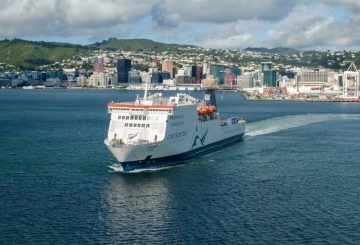아오테아로아의 주요 에너지 고문인 마이클 베그 (Michael Begg) 가 집을 따뜻하고 건조하게 유지하는 방법에 대한 팁을 공유했습니다.세계보건기구 (WHO) 에 따르면 이상적인 실내 온도는 18도에서 20도 사이입니다.
이 온도를 유지하기 위해서는 단열이 매우 중요합니다.틈새 없이 올바르게 설치해야 합니다.단열재에는 전문가가 설치했음을 나타내는 날짜 및 유형이 표시된 라벨이 있어야 합니다.바닥 아래에는 습기를 방지하기 위해 폴리에틸렌 층을 사용하고 추위를 막기 위해 단열재를 사용해야 합니다.
창문에는 이중 유리를 사용하는 것이 가장 좋으며, 목재 프레임은 오래된 알루미늄 프레임보다 효과적입니다.가격이 너무 비싸면 철물점에서 더 저렴한 대안을 구입할 수 있다.
단열재는 공기층을 가두는 방식으로 작동하는데, 이는 라이닝 커튼의 기본 원리이기도 합니다.커튼을 닫으면 공기층을 가두어 단열 효과를 높입니다.
잠자는 동안 숨을 쉬는 것만으로도 약 1리터의 결로 현상이 발생하기 때문에 환기도 중요합니다.실내 공기가 습하면 난방에 필요한 에너지의 두 배가 될 수 있습니다.
욕실에서는 환풍기가 필수적이며 환기를 시켜서 밖으로 환기시켜야 합니다.Michael은 샤워하기 몇 분 전에 히터를 켠 다음 환풍기를 켜고 창문을 살짝 열자고 제안합니다.
한 달에 15달러에서 30달러 사이의 비용이 들 수 있는 가열식 타월 레일은 사용하지 않는 것이 좋습니다.타월을 말리는 동안 발생하는 수분이 집안 다른 곳으로 스며들어 제거하는 데 더 많은 에너지가 필요할 수 있습니다.
단열과 환기가 잘 되면 다음 단계는 적절한 난방 유형을 선택하는 것입니다.오래된 집에서는 복사 난방기가 효과적입니다.그러나 안전 문제 때문에 침실에서는 사용하지 마십시오.대신 컨벡션 히터나 오일 컬럼 또는 패널 히터를 사용하는 것이 좋습니다.
마지막으로 화창한 날, 특히 북향 창문에 커튼을 열면 집을 자연적으로 난방하는 데 도움이 될 수 있습니다.






























































